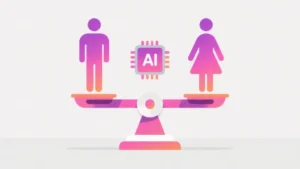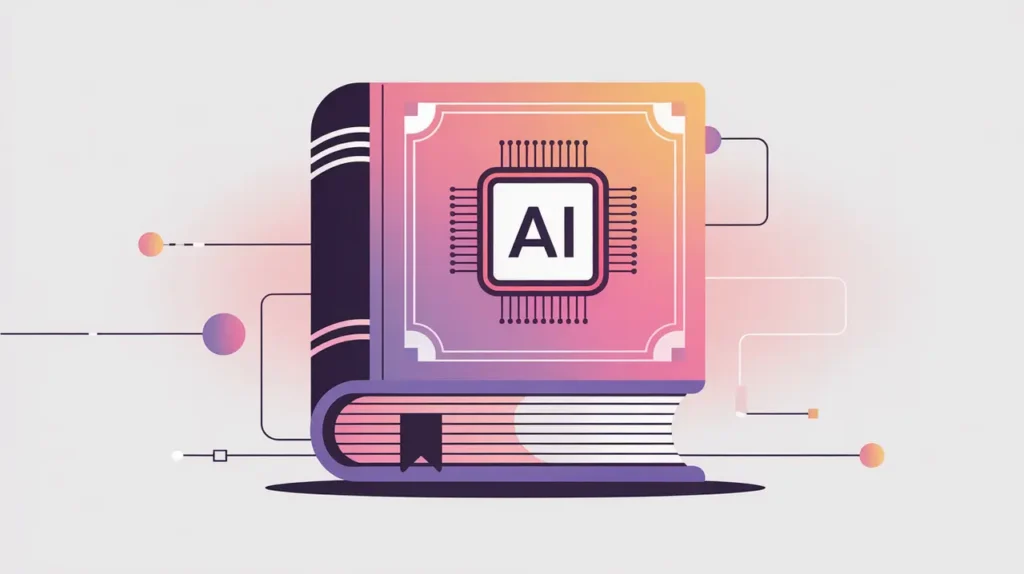Importance of Regulatory Landscape
The Regulatory Landscape refers to the evolving body of laws, policies, and standards that govern the development and use of artificial intelligence. It encompasses national legislation, regional frameworks, and international agreements designed to manage risks, ensure accountability, and promote responsible innovation. Its importance today lies in the rapid growth of AI across borders, where inconsistent or outdated rules leave gaps in oversight and protection.
For social innovation and international development, understanding the regulatory landscape matters because mission-driven organizations often operate across jurisdictions. Awareness of regulatory requirements helps them ensure compliance, safeguard community trust, and advocate for fair, inclusive rules.
Definition and Key Features
Regulatory approaches vary globally. The EU has led with the AI Act, classifying AI systems by risk and mandating strict requirements for high-risk applications. The U.S. has issued executive orders and voluntary frameworks, while countries such as Brazil, India, and Kenya are developing national AI strategies that include governance. International bodies like UNESCO and the OECD promote shared ethical principles.
This is not the same as ethics frameworks, which provide normative guidance but lack legal force. Nor is it equivalent to technical standards alone, which define interoperability but do not regulate conduct. The regulatory landscape combines legal, policy, and enforcement measures.
How this Works in Practice
In practice, organizations must navigate overlapping laws and frameworks. A nonprofit deploying an education AI platform in Europe must comply with the EU AI Act, GDPR, and national child protection rules. A health program using AI diagnostics in Africa may need to meet local health data laws as well as international donor requirements. Monitoring the regulatory landscape also helps organizations anticipate shifts, such as emerging rules on cross-border data flows or mandatory AI audits.
Challenges include regulatory fragmentation, limited enforcement capacity in some regions, and the difficulty of keeping pace with rapid AI innovation. For smaller organizations, compliance costs can be significant, creating barriers to adoption.
Implications for Social Innovators
The regulatory landscape directly shapes mission-driven sectors. Health initiatives must comply with AI rules around medical devices and patient data. Education programs face regulations on student privacy and algorithmic fairness. Humanitarian agencies must navigate host-country requirements while coordinating with international donors. Civil society groups play a key role in influencing regulatory debates, ensuring laws protect rights and reflect diverse community perspectives.
By engaging with the regulatory landscape, organizations not only comply with rules but also contribute to shaping fairer, more inclusive governance of AI globally.







